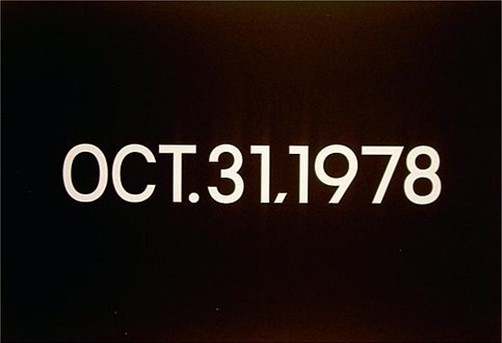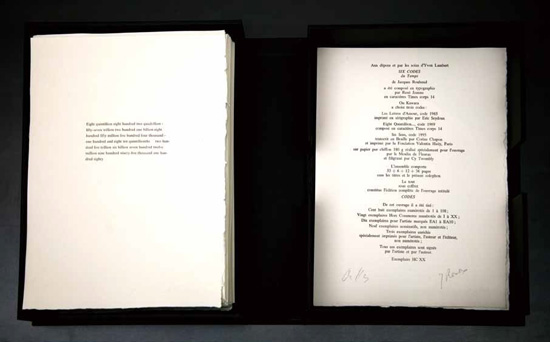|
Introduction of the artist:

On KAWARA (Japan)
Born in 1933, Kariya, Japan. Lives and works in
New York.
Selected
solo exhibitions: 2012 On Kawara: Date Painting(s) in New York and 136 Other
Cities, David Zwirner, New York; 2006 Eternal Return: On Kawara, Ikon Gallery,
Birmingham, UK; 2003 Writing One Million Years, Yvon Lambert, Paris;
Selected group exhibitions: 2011 I Am Still Alive: Politics and Everyday
Life in
Contemporary Drawings, MoMA, New York; 2010 Between Here and There:
Dislocation andDisplacement in Contemporary Photography, Metropolitan Museum of
Art, New York; 2002 4th Gwangju Biennale, South Korea; 2002 Documenta 11,
Kassel; 1990 8th Biennale of Sydney; 1982 Documenta 7, Kassel; 1976 the 37th
Venice Biennale, Italy.
Japanese artist On Kawara (b.1933) does not believe that authentic
communication is possible. Any notion of the simple transmission and reception
of messages between individuals is undermined by the over-reliance of language
on an overrated logic. All observations are distorted through preconception and
our grasp of language, according to Kawara, rather than being the means to
elucidation, actually tends to foster obscurity and suppress
imagination.
There is an intriguing and inevitable catch in Kawara’s work
just as there is in the considerations of Anglo-Austrian philosopher Ludwig
Wittgenstein. Both have been concerned primarily with the philosophy of language
and both conclude that neither philosophy nor language is efficacious. The catch
lies in the fact that language and philosophy are required for their
auto-analysis and thus a philosophical infinite regression of tautologies, or
closed loops, must ensue. It is as if language and philosophy have become
un-useful, and silence is the only option. In other words – and tautologically
speaking – what can’t be said can’t be said. In this vein, the fact that Kawara
has worked with codes should come as no surprise.
Introduction of works:

Codes, installation, 27×35×8cm, 1996

Codes (detail), installation, 27×35×8cm, 1996
Japanese artist On Kawara (b.1933) does not believe that authentic
communication is possible. Any notion of the simple transmission and reception
of messages between individuals is undermined by the over-reliance of language
on an overrated logic. All observations are distorted through preconception and
our grasp of language, according to Kawara, rather than being the means to
elucidation, actually tends to foster obscurity and suppress imagination.
There is an intriguing and inevitable catch in Kawara’s work just as there is
in the propositions of Anglo-Austrian philosopher Ludwig Wittgenstein. Both have
been concerned primarily with the philosophy of language and both conclude that
neither philosophy nor language is efficacious. The catch lies in the fact that
language and philosophy are required for their auto-analysis and thus a
philosophical infinite regression of tautologies, or closed loops, must ensue.
It is as if language and philosophy have become un-useful, and silence is the
only option. In other words – and tautologically speaking – what can’t be said
can’t be said. In this vein, the fact that Kawara has
worked with codes
should come as no surprise.
Code (1965), for example, consists of configurations of short, coloured
pencil strokes, invented by the artist, mimicking lines of text across six
sheets of paper. Horizontal, moving from left to right, the format is Western,
as are the punctuation marks, inverted commas, full stops and so on. The overall
impression is one of painstaking effort made in the translation of meaning into
visible signs, but at the same time they declare themselves as indecipherable.
This kind of calligraphy, apparently ‘logical’ and not without recognizable
features, is essentially alien to anyone but the individual who devised
it.
| 
